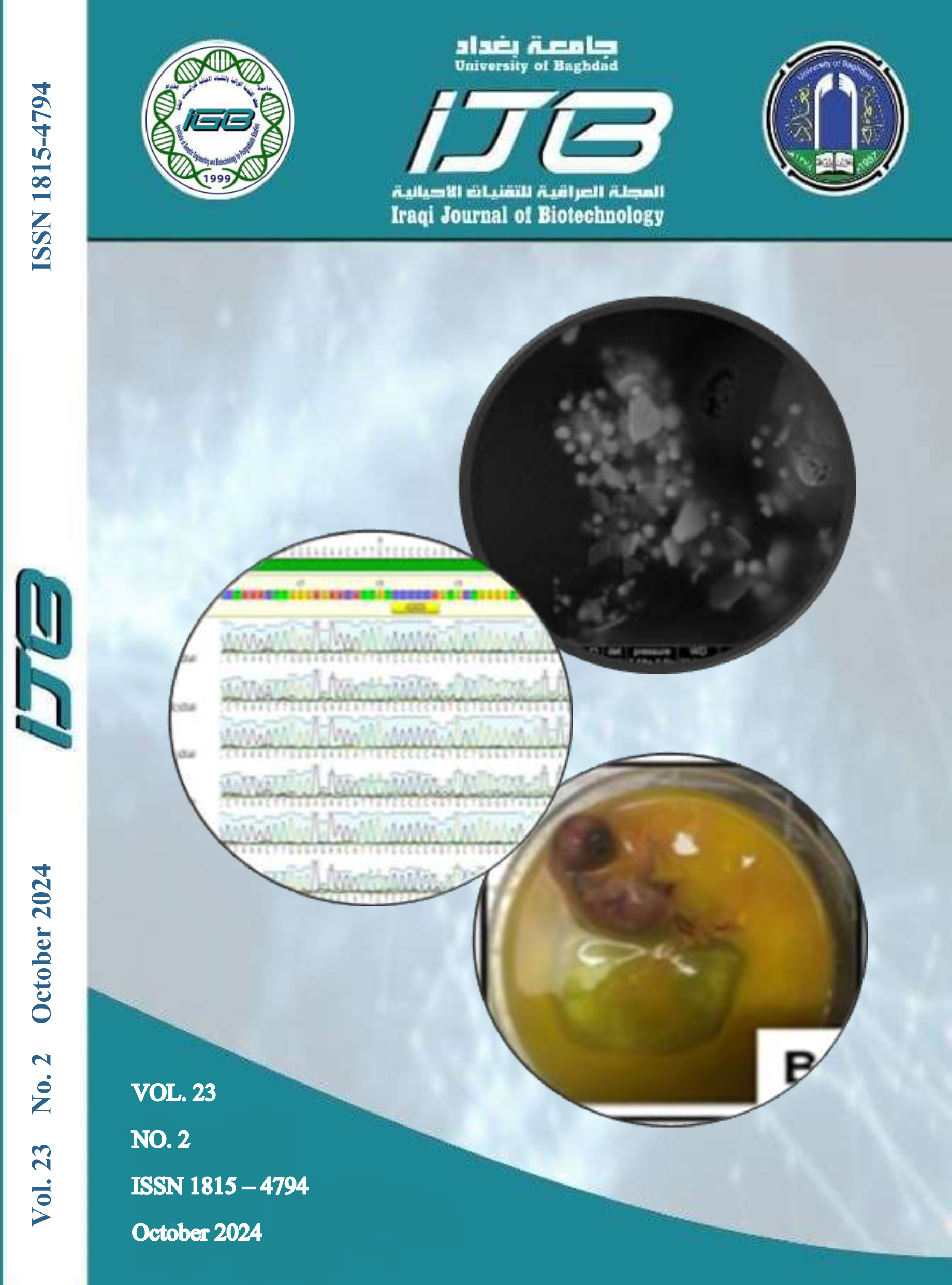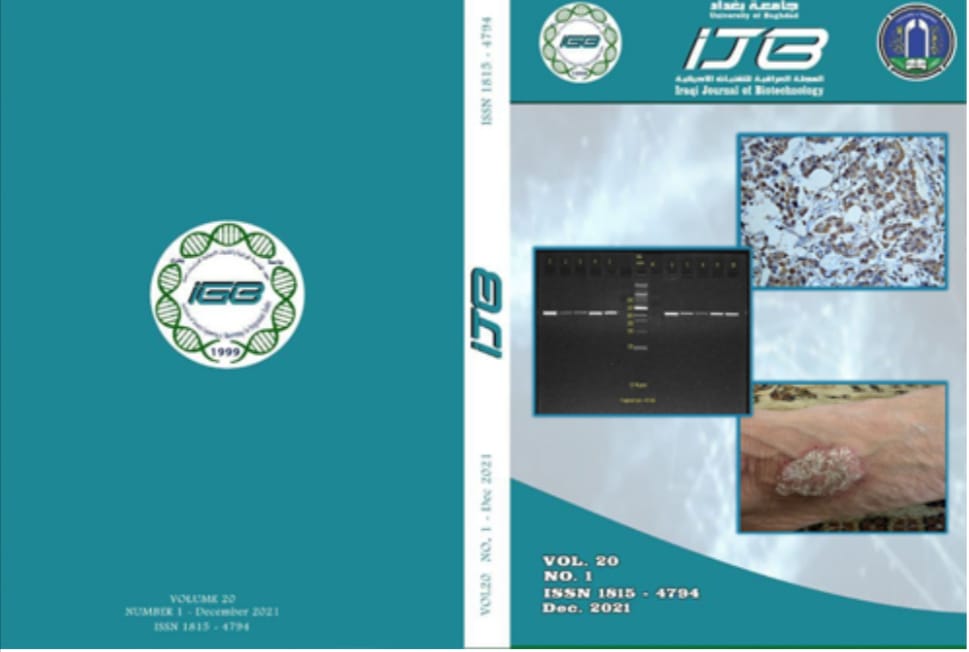The Association of Paraoxonase 1 (PON-1) Gene Polymorphism at rs854560 SNP (L55M) and Some Oxidative Stress Parameters in Serum with the Incidence of Recurrent Spontaneous Abortion in Iraqi Women
Abstract
Recurrent spontaneous abortion (RSA) is characterized by the occurrence of two or more spontaneous pregnancy losses before reaching the midpoint of gestation. Oxidative stress assumes a central role in the development of RSA, serving as a key factor in its pathogenesis. The objective of this study is to explore the link between the L55M polymorphisms found in the PON1 gene, which codes for an antioxidant enzyme, and the susceptibility to RSA.Paraoxonase 1 (PON1) is a critical enzyme in the body's antioxidant defense system, safeguarding cells against damage caused by reactive oxygen species. The most prevalent PON1 polymorphism, L55M (rs854560), is known to influence PON1 activity. In this research, blood samples were collected from two groups: 50 women with a history of RSA and 50 women who were apparently healthy. Following DNA extraction, Restriction Fragment Length Polymorphism (RFLP) analysis was employed in conjunction with PCR amplification to identify single-nucleotide polymorphisms (SNPs) and ELISA for determining PON1 activity, total antioxidant capacity (TAC) and HDL concentration in serum. The result of this study showed decreasing in PON1 activity (8.15 ± 2.15 versus 9.66 ± 3.75 , respectively) and TAC (2.80 ± 0.10 versus 3.53 ± 1.52, respectively) in patients with RSA than apparently healthy women, while HDL concentrations higher in women with RSA than apparently healthy women (12.68 ± 5.53versus 9.01 ± 5.30, respectively) which are lead to increase oxidative stress and related with RSA. The genotype results showed that the percentage of TA genotype was in women with recurrent spontaneous abortion significantly higher than that of apparently healthy women (60% versus 32 %, respectively, OR=3.5) and this represent a risk factor for recurrent spontaneous abortion incidence. Also, the percentage of AA genotype in women with recurrent spontaneous abortion was higher than that of apparently healthy women but non-significant (12% and 4% 68%, respectively). The values of allele frequency for T allele were 0.8 and 0.6 for apparently healthy women and women with recurrent spontaneous abortion, respectively. The values of allele frequency for A allele were 0.2 and 0.4 for apparently healthy women and women with recurrent spontaneous abortion, respectively. It was concluded the heterozygous TA genotype is related with the risk of RSA and the minor allele (A allele) increased in women with RSA.


